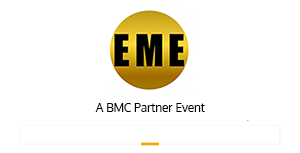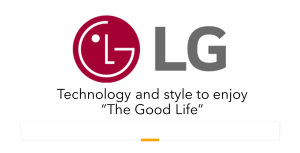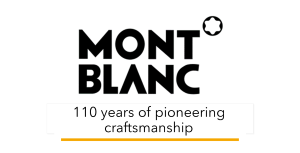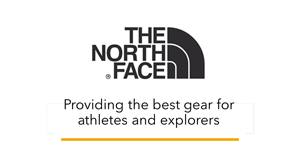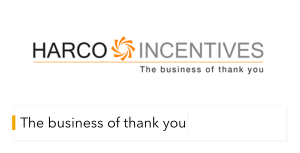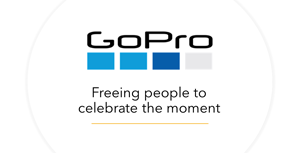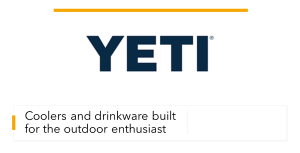Two Academic Studies Point to Benefits of Holistic Approach to Reward Selection
.png) Two academic papers on motivation are highlighted in the Incentive Research Foundation’s periodic Academic Research in Action series, one of which specifically highlights the impact of merchandise, gift cards, and travel when effectively selected and presented.
Two academic papers on motivation are highlighted in the Incentive Research Foundation’s periodic Academic Research in Action series, one of which specifically highlights the impact of merchandise, gift cards, and travel when effectively selected and presented.The Opportunity to Address Intrinsic and Extrinsic Rewards
The Role of Merchandise and Gift Cards
Click here for EEA sponsors; here to subscribe, and here for an RRN media kit.
Two academic studies on incentive packages and tangible rewards using different methodologies and hypotheses come to a similar conclusion when it comes to rewards: the need for a holistic approach that addresses both intrinsic and extrinsic motivation. Click here for the IRF report on the two studies.
Both find that effective non-cash rewards can include training, professional development, autonomy, recognition, and benefits, as well as merchandise, travel, gift cards and other non-cash rewards when properly selected and communicated.
.jpeg) The academic studies were conducted in the US, Canada, and Portugal over the past three years, with recommendations compiled from interviews conducted with US and Canadian-based practitioners. The IRF's goal is to align theory and findings from experiments with real-world application.
The academic studies were conducted in the US, Canada, and Portugal over the past three years, with recommendations compiled from interviews conducted with US and Canadian-based practitioners. The IRF's goal is to align theory and findings from experiments with real-world application. According to the IRF report by Allan Schweyer, Chief Academic Advisor, IRF, "both studies and the interviews stress that non-monetary and thoughtfully designed tangible rewards can serve as cost-effective alternatives or supplements to cash bonuses and other rewards, providing higher motivational value with potentially lower financial cost.”
The Opportunity to Address Intrinsic and Extrinsic Rewards

In their 2023 paper, An Exploratory Analysis of Incentive Packages and Managerial Performance, professors Iryna Alves, Assistant Professor, Lisbon Accounting and Business School, and Sofia M. Lourenço, Associate Professor, Lisbon School of Economics and Management, examine the use of incentives as drivers of high performance among CFOs and non-CFOs in managerial positions. They focus on cash rewards, intangible non-cash rewards (e.g., training, autonomy, recognition) and benefits (e.g., health insurance, company vehicle use, flexible work, etc.). This study does not directly address the role of tangible rewards such as merchandise, travel, and gift cards, but the findings provide hints on how to make such offerings more meaningful.
Explains Allan Schweyer, Chief Academic Advisor, IRF “Alves and Lourenço connect their findings to theories like agency and self-determination, stressing that intrinsic motivators complement traditional incentives. Choi and Presslee apply mental accounting theory, proposing that discrete and novel tangible rewards can encourage greater effort than cash rewards by being perceived as distinct from regular pay.”
Using data from 614 managers to explore multiple incentive packages, Alves & Lourenço examine combinations of incentives (monetary, non-monetary, and benefits) in managerial settings. They find that that non-monetary incentives such as autonomy, development opportunities, recognition, and tangible benefits have tangible impact. “Successful incentive packages often involve blending tangible (cash and non-cash) benefits with recognition, emphasizing that monetary incentives alone may not suffice for high performance.” This means incorporating non-cash and monetary awards with management autonomy, additional support resources, professional development, a clearer career path, and formal recognition into the organization’s operating system, blending both extrinsic and extrinsic rewards. (Note, merchandise, travel, and gift cards were not studied.)
The Role of Merchandise and Gift Cards
A 2022 working paper by professors Jongwoon (Willie) Choi at the University of Wisconsin and Adam Presslee at University of Waterloo, When and Why Tangible Rewards Motivate Greater Effort Than Cash Rewards, focuses on the distinction between cash and tangible rewards (e.g., gift cards, merchandise, travel) to analyze how such factors as “fungibility, hedonic nature, novelty, and discrete framing of these rewards influence employee effort.”
Context is everything when it comes to the motivational impact of merchandise, gift cards, and travel, the study finds. These professors set out to examine if the IRR industry’s claims about the potential impact of such awards is valid, and their answer is generally yes if the rewards are strategically selected to be “novel,” presented with a compelling story, address personal or family pleasures, and come with an element of exclusivity.
Choi and Presslee conducted two experiments by recruiting people in Amazon’s Mturk piecework platform, which were correlated in two additional analytical studies to identify how differences between cash and tangible rewards impact motivation. They find that tangible (non-cash) rewards can provide greater motivation than cash when perceived as distinct and novel, reinforcing that psychological perception of rewards is crucial in motivating effort.
A key finding of the report is not that tangible rewards alone are by themselves more motivating, but rather the context in which they are given. In other words, how the reward is “framed” to the recipient; its hedonic nature, meaning its being pure pleasure rather than practical; its degree of fungibility, or ability to turn into cash; and novelty, how unique the reward is from the norm, all affect the impact. The less fungibility, ironically, can increase perceived value if the reward is properly selected.
Framed another way, when such non-cash rewards as merchandise, travel and gift cards are specifically separated from cash compensation by selecting rewards that are novel and distinct from compensation; when the story used to explain or present them is compelling and the degree to which they are selected addresses personal or family pleasures and the extent to which they are distinct from the norm, all will affect the short- and long-term impact.
The professors write: “We find each of these differences affect effort (motivation) both individually and collectively)...A contribution of our paper is that we inform firms interested in motivating employees using tangible rewards that they are best served to offer tangible rewards that have these attributes, leading employees to perceive greater reward distinctiveness. Moreover, while we do not seek to reconcile the mixed empirical evidence on the motivational benefits of tangible rewards, we believe our results can inform the debate about the motivational benefits of tangible rewards in that our results highlight how differences in reward attributes can be a useful lens for understanding the mixed empirical evidence regarding the motivational effect of tangible rewards versus cash rewards.” In other words, it is how rewards are selected and presented, and not just the rewards themselves, that will determine the impact.
They conclude, “Finally, although we focus on how differences in reward attributes between cash and tangible rewards lead to differences in employee motivation, we believe the implications of our paper extend beyond cash versus tangible rewards and reinforce a more fundamental point about performance-based rewards. Specifically, rewards are simply constellations of attributes, and firms can alter these attributes to improve the effectiveness of using rewards to motivate employee performance. In the context of our paper, for example, cash rewards are rated as less novel than tangible rewards, but firms could deliver the cash rewards in a manner that makes them feel more novel (e.g., at a company-wide event publicly recognizing employee performance and achievements).”
Examples of how to apply this advice from the practitioners interviewed:
“Create high-value, unique experiences tied to achievement, such as exotic trips designed to be hard to replicate. By focusing on exclusivity, these rewards maintain their appeal and prestige, increasing the engagement of employees.”
“The importance of novelty is emphasized; rewards must be unique to motivate effectively. For example, we have moved away from familiar rewards like common trips to destinations employees have already visited. Instead, we explore new locations or experiences that resonate more with employees’ interests and desires.”
“Even minor rewards (e.g., a Yeti mug) generate excitement. The value stems not just from the item itself but from its perceived exclusivity and branding. People will really work to get these things because they can display them, feel recognized, and gain that sense of pride.”
“We use a structured approach to long-term incentives, including milestones for achieving higher levels, which drives ongoing engagement. Achievements build towards lifetime rewards like jewelry or special recognition, things that confer status and achievement.”
Enterprise Engagement Alliance Services
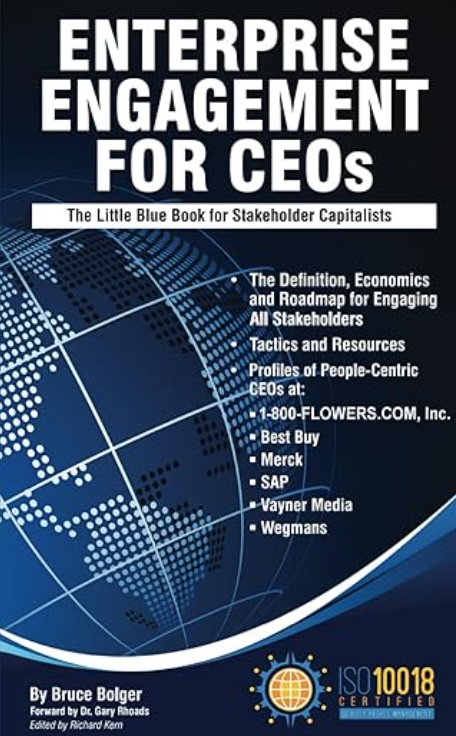
Celebrating our 15th year, the Enterprise Engagement Alliance helps organizations enhance performance through:
1. Information and marketing opportunities on stakeholder management and total rewards:
ESM Weekly on stakeholder management since 2009; click here for a media kit.
RRN Weekly on total rewards since 1996; click here for a EEA YouTube channel on enterprise engagement, human capital, and total rewards insights and how-to information since 2020.
2. Learning: Purpose Leadership and Stakeholder
 Management Academy to enhance future equity value and performance for your organization.
Management Academy to enhance future equity value and performance for your organization.3. Books on implementation: Enterprise Engagement for CEOs and Enterprise Engagement: The Roadmap.
4. Advisory services and research: Strategic guidance, learning and certification on stakeholder management, measurement, metrics, and corporate sustainability reporting.
5. Permission-based targeted business development to identify and build relationships with the people most likely to buy.
6. Public speaking and meeting facilitation on stakeholder management. The world’s leading speakers on all aspects of stakeholder management across the enterprise.





